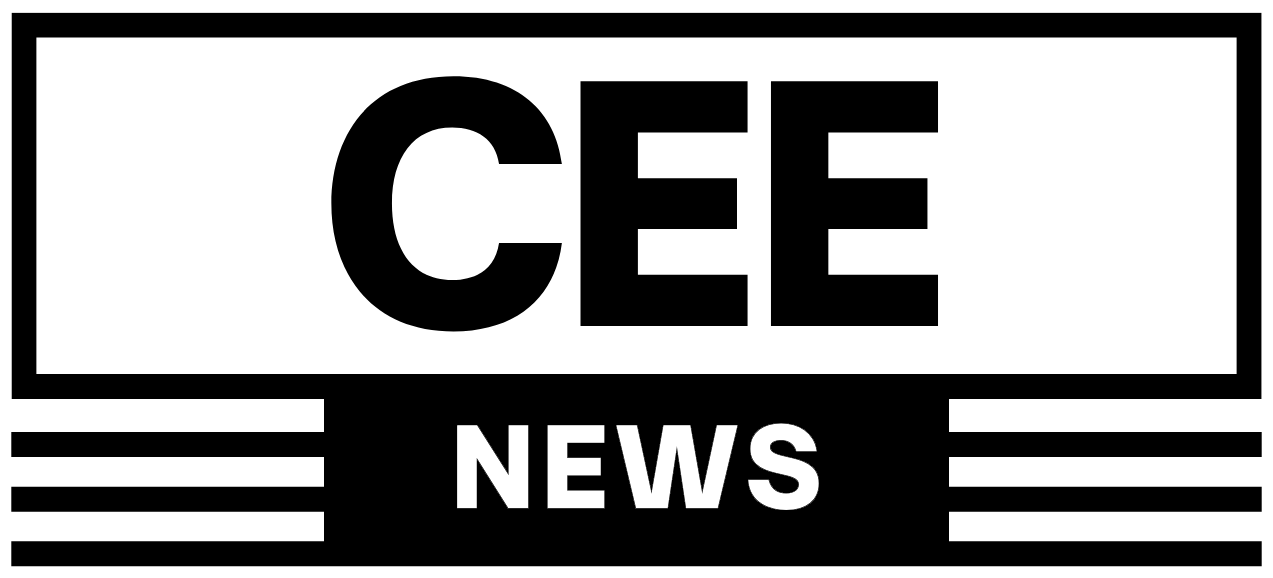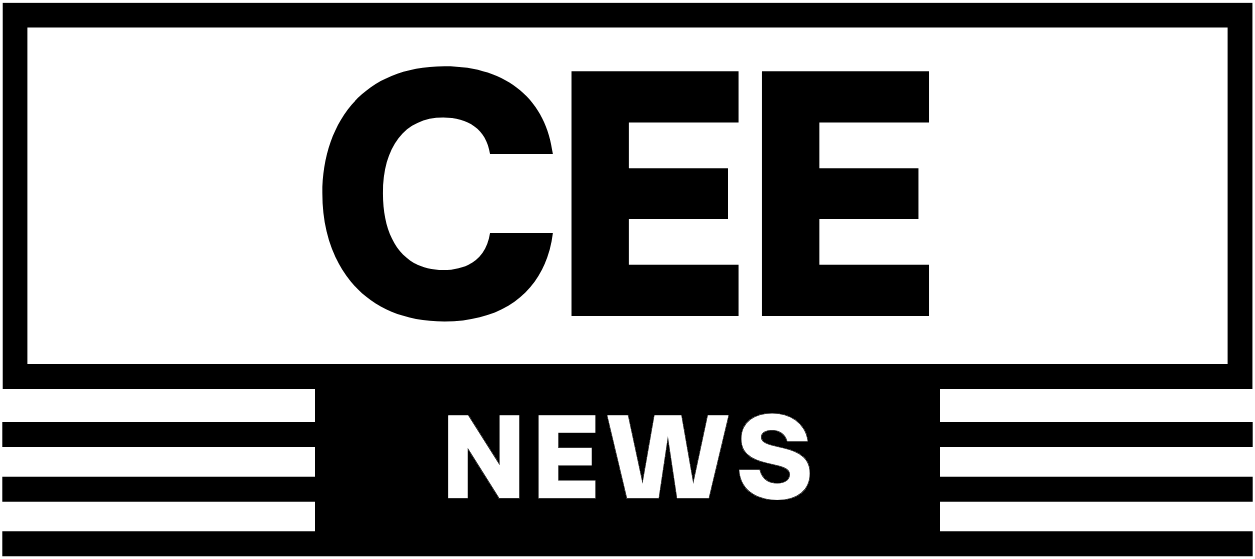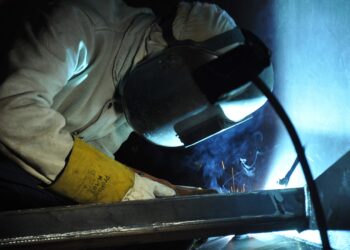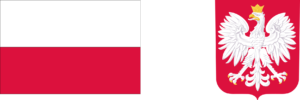Serbia’s rolling, student-led protest movement entered a volatile new phase this week as ruling Serbian Progressive Party (SNS) loyalists and riot police repeatedly confronted demonstrators across the country, leaving dozens detained and many injured after five straight nights of street violence. Reporters on the ground described scenes of baton charges, tear gas, and coordinated counter-rallies by pro-government groups positioned outside SNS offices that have become nightly protest targets.
In Belgrade, clashes erupted around Kneza Miloša Street near government buildings and in New Belgrade’s John Kennedy Street, where police formed cordons between protesters and SNS activists. Witnesses recounted how fireworks and other pyrotechnics were hurled between the lines before officers pushed demonstrators back toward Terazije and Slavija, deploying tear gas as groups scattered through side streets. Journalists covering the unrest said they were harassed and chased by SNS supporters as police focused on dispersing the crowds.
The pattern was similar elsewhere. In Novi Sad—where the protest wave first took hold—demonstrators smashed windows and ransacked three SNS premises, while in New Belgrade police fired multiple tear-gas canisters to prevent marchers from regrouping near party offices. Overnight video showed armored police vehicles driving protesters away from the area after a trash container was set ablaze.
By the early hours of Friday, authorities had reported “several dozen” arrests nationwide, with Interior Minister Ivica Dačić saying at least 37 people were detained by midnight and warning of further round-ups. Officials also noted gatherings at roughly 90 locations the previous evening, underscoring how the protests have spread beyond the capital to cities including Niš, Valjevo and Pančevo. Independent counts vary, and rights groups accuse police of excessive force—allegations the ministry rejects as it frames its actions as a response to violence by “radicalized” elements.
The government contends that security forces are acting proportionately to prevent attacks on people and property and to keep rival groups apart, pointing to injuries among officers and supporters as proof of escalating aggression by demonstrators. Protest organizers blame the violence on SNS loyalists mobilized to provoke clashes and say police routinely tolerate assaults on journalists and activists while cracking down on peaceful assembly. International outlets and wire agencies have documented both the use of tear gas by police and organized counter-mobilizations by ruling-party supporters in multiple cities this week.
Nine months on, the movement’s core grievance remains unchanged: accountability for the November 2024 collapse of the Novi Sad railway-station canopy, which killed 16 people and became a national metaphor for alleged corruption and negligence in public works. Annualized commemorations, student blockades, and a widening set of demands—from snap elections to curbs on police powers—have kept pressure on President Aleksandar Vučić and the SNS, now in their thirteenth year in power.
As of Saturday, August 16, fresh clashes and arrests were reported outside SNS offices again, suggesting neither side is prepared to stand down. With the protest calendar thickening and the academic exam period approaching, Serbia faces a fraught late-summer standoff in which university rectors, city police chiefs and national politicians will all shape the tenor—and the outcome—of the country’s most serious bout of civil unrest in years.






